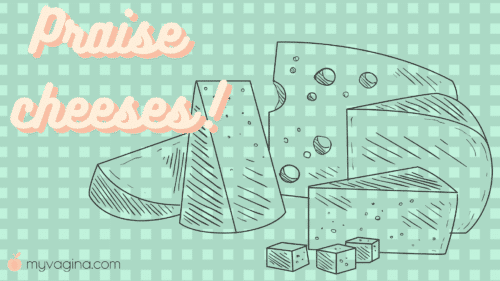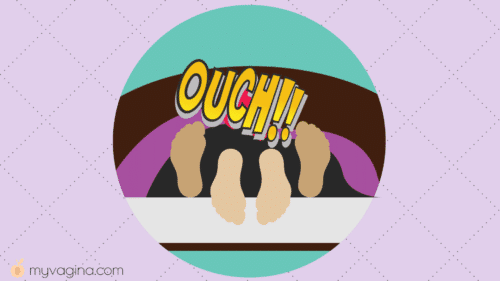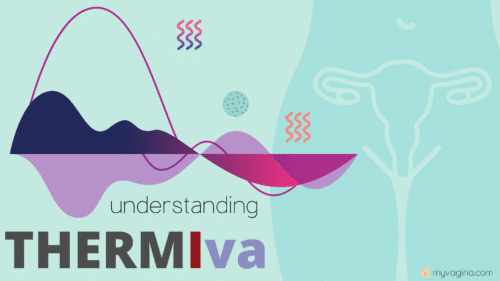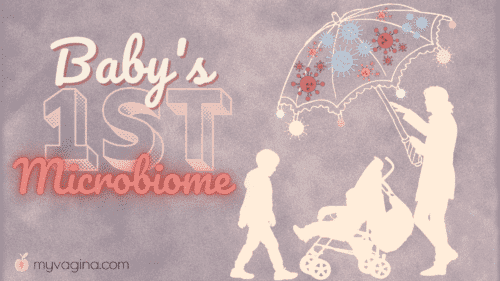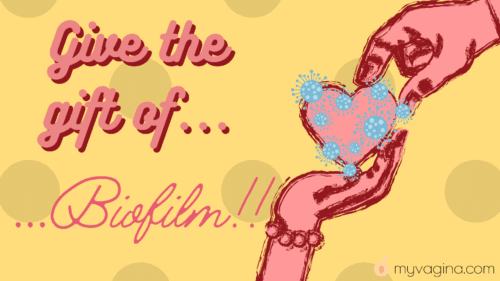Study: L. crispatus probiotic cheese for preventing vaginal infections
Researchers have developed a robust soft cheese made with Lactobacillus crispatus, one of our favourite vaginal colonisers.
Sexual pain: what getting help looks like
When you have chronic sexual pain, getting help can feel hard, humiliating and endless. We've mapped out what getting help looks like.
Understanding the ThermiVa
Radiofrequency treatments can be used for vaginal laxity, urinary leakage, and giving a pep-up to poorly performing vulvovaginal tissue.
Study: Babies’ microbiome may not be from vagina after all
There is new evidence pointing to colonisation of a new baby by environmental pathogens, possibly setting us up for infections later on and disrupting the gut microbiome.
Invivo PCR tests
Struggling to find PCR testing? We've now got a source! Log in for details.
How to use BV-Uplasma Clear (vagina)
Instructions for using the Killing BV Ureaplasma/Mycoplasma herbal blend treatment vaginally.
How to test vaginal pH at home
How to accurately test your vaginal pH at home with a video.
First human vaginal fluid transplant for BV a success
The first microbiome transplant from a healthy donor to a chronic BV sufferer has been a success, with all five women having long-term (two year) remission.
Obesity and BV
Obesity is known to be a chronic inflammatory state, with fat tissue being an immunologically active organ. That's right - we said organ!
Understanding and using coconut oil vulvovaginally
We take a closer look at coconut oil when used on the vulva and in the vagina - is it safe and does it really have antimicrobial properties?
Quick List: How histamine works with oestrogen, progesterone and cortisol
A quick look at the interrelationships between histamine, oestrogen, progesterone and cortisol.
Got vagina problems? Check for food intolerances
Food chemicals, even naturally occuring types, can throw your system out and leave you with continuous health problems, including vaginal problems.
The smell of blood – why your period smells metallic
Ever wondered why blood smells metallic? We've found out for you! Plus some interesting science tidbits about humans and the smell of blood.
How to use apple cider vinegar to treat BV and yeast
Apple cider vinegar is an old favourite for BV, but does it work? There isn't much research into ACV for vaginas, but we found some on microbes in general.
Evidence for using apple cider vinegar (ACV) as an antimicrobial and antifungal
We examine the evidence regarding apple cider vinegar as an antimicrobial, specifically as it relates to vaginal use for BV and other microflora imbalances.
Oxalates and vulvodynia
Oxalates are normal and natural, but if too many of them are making their way to the kidney and bowel, oxalates can affect the vagina.
Understanding methylation, MTHFR and homocysteine
Methylation can be impaired if you've tested positive for the MTHFR gene, resulting in high homocysteine levels.
Understanding and treating vaginal lactobacillosis (VL) (leptothrix vaginalis)
Lactobacillosis is characterised by vaginal colonisation and overgrowth of longer than usual lactobacilli, causing unpleasant symptoms.
Are Coca-Cola douches a good method of birth control?
No, Coke is not a good form of birth control! We look into the scientific research on why Coca-Cola isn't going to prevent pregnancy.
Vintage douche ads
A classic collection of horrible vintage ads for 'feminine hygiene' products to point and laugh at.


